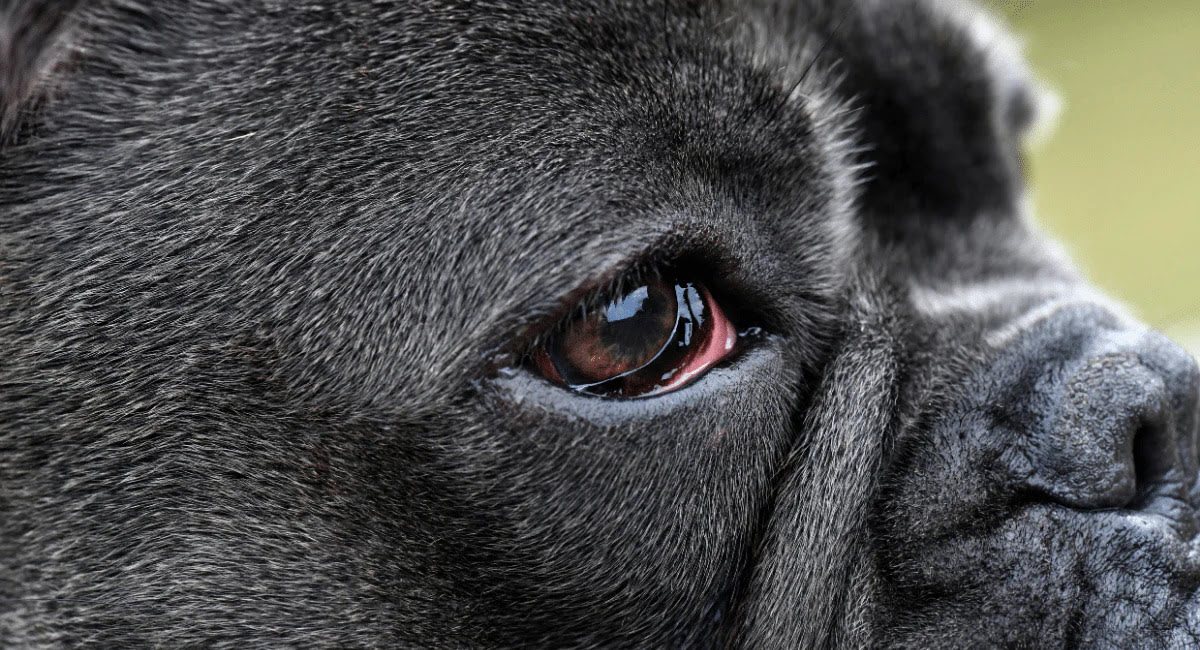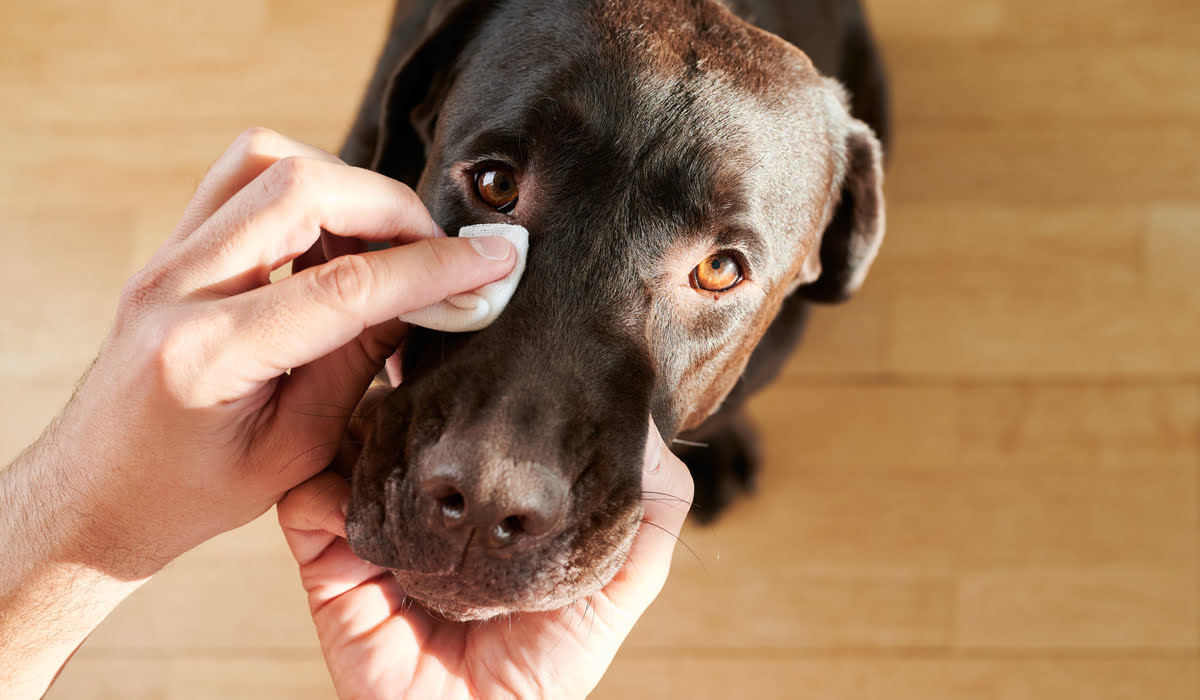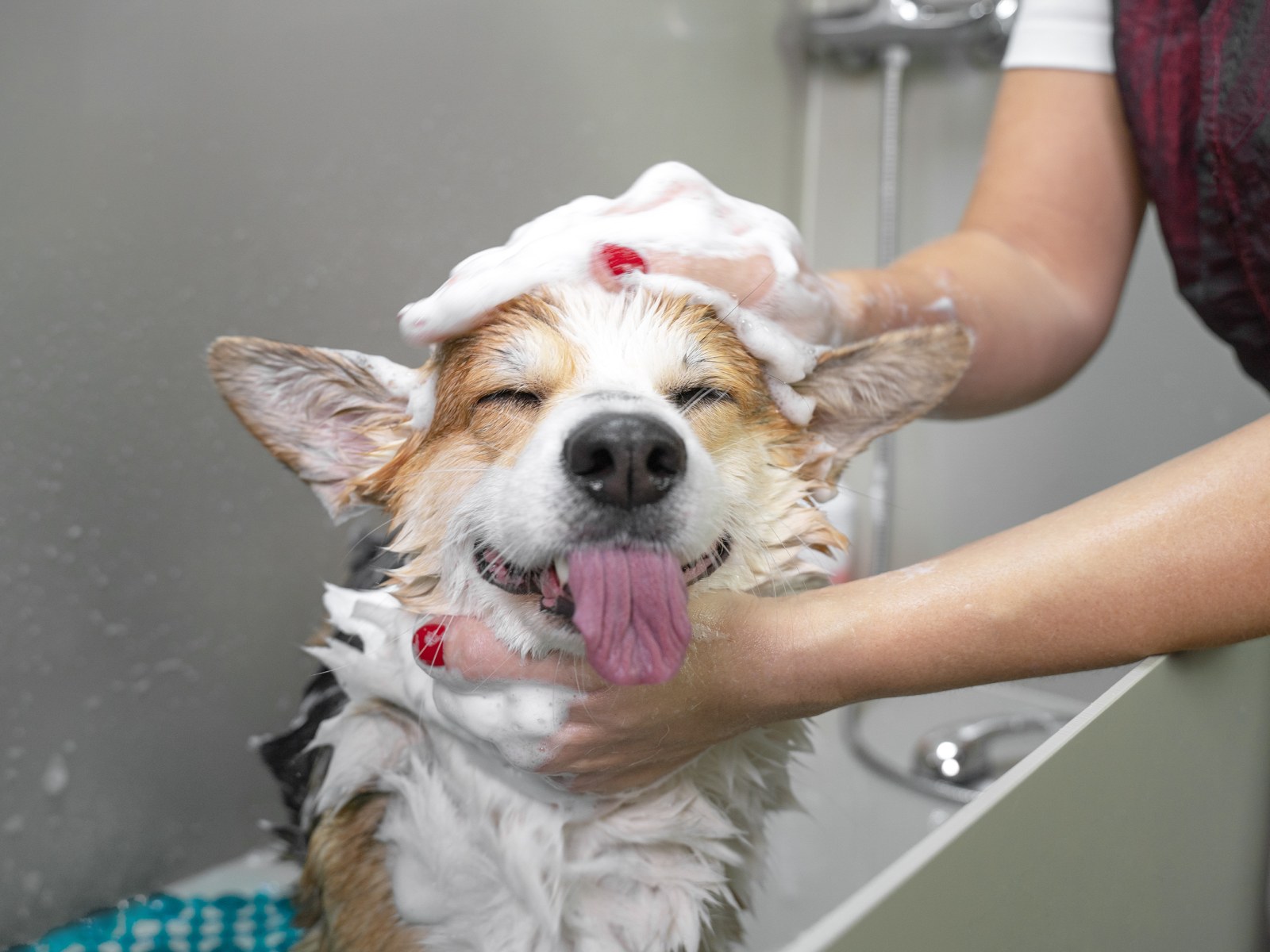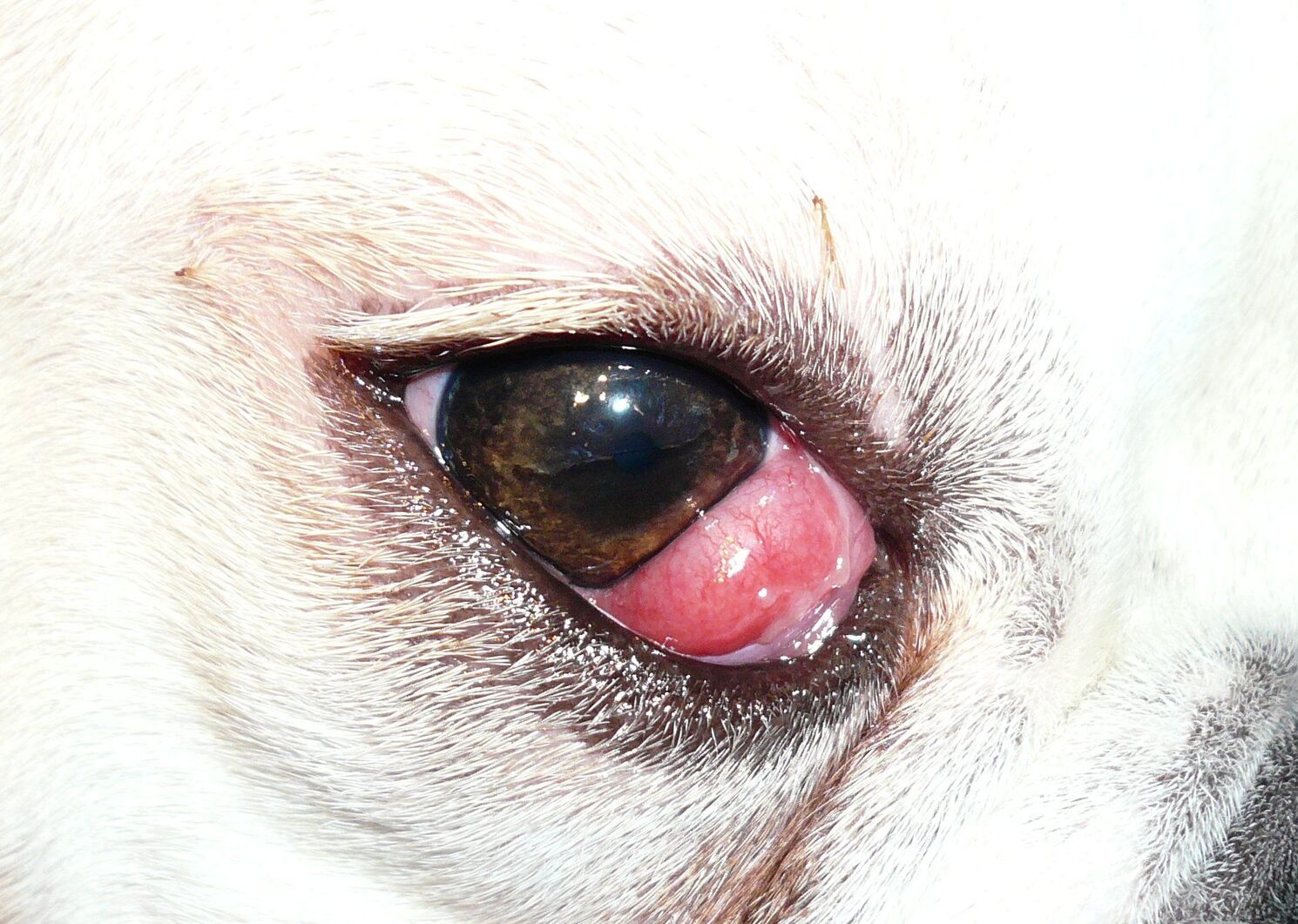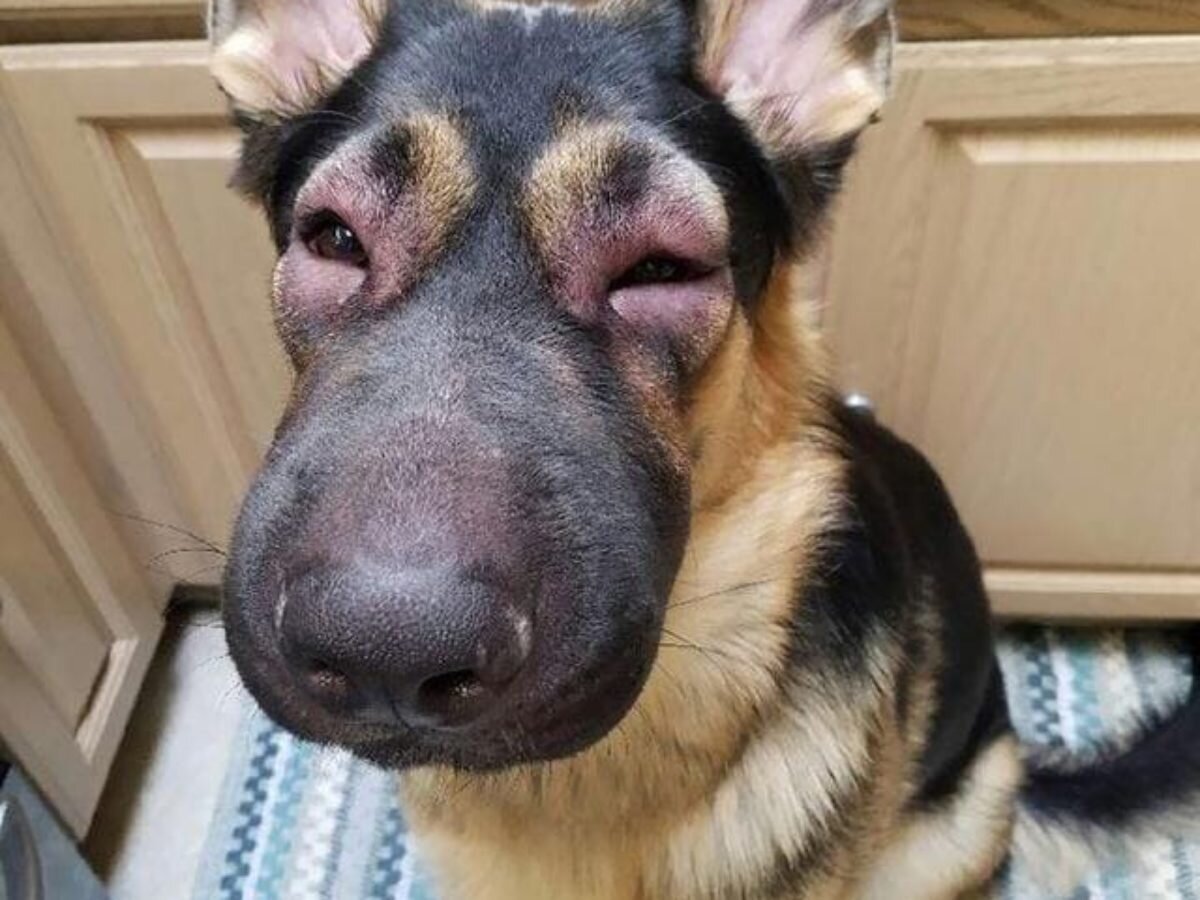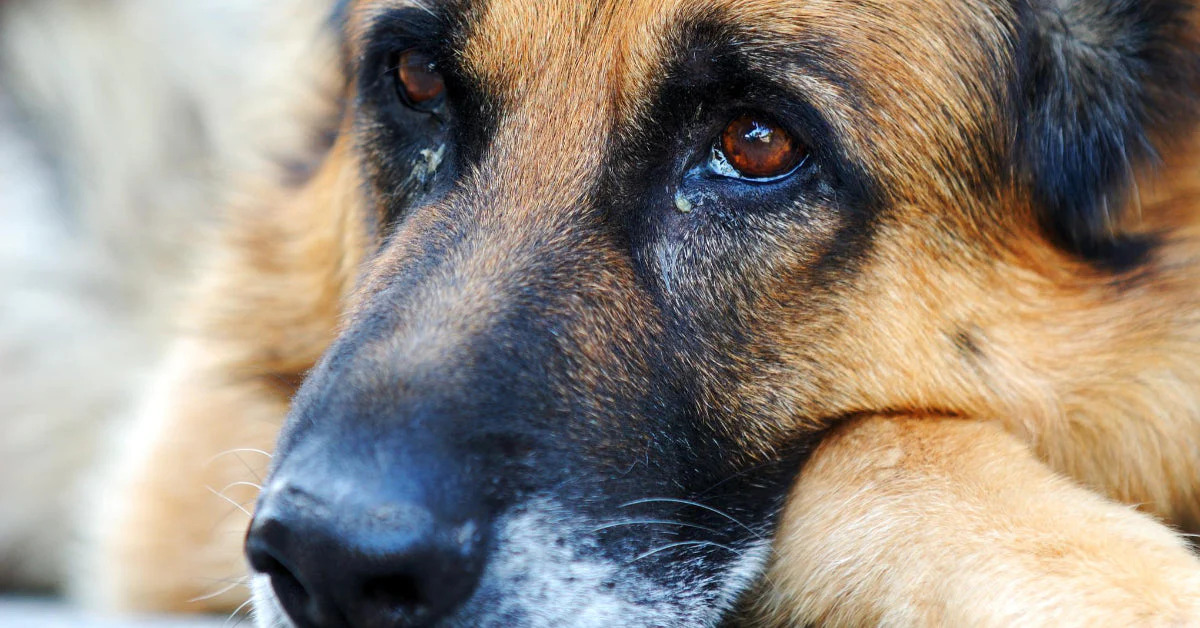Home>Health & Wellness>Common Health Issues>Eye and Ear Health>What Is The Rarest Eye Color In Dogs
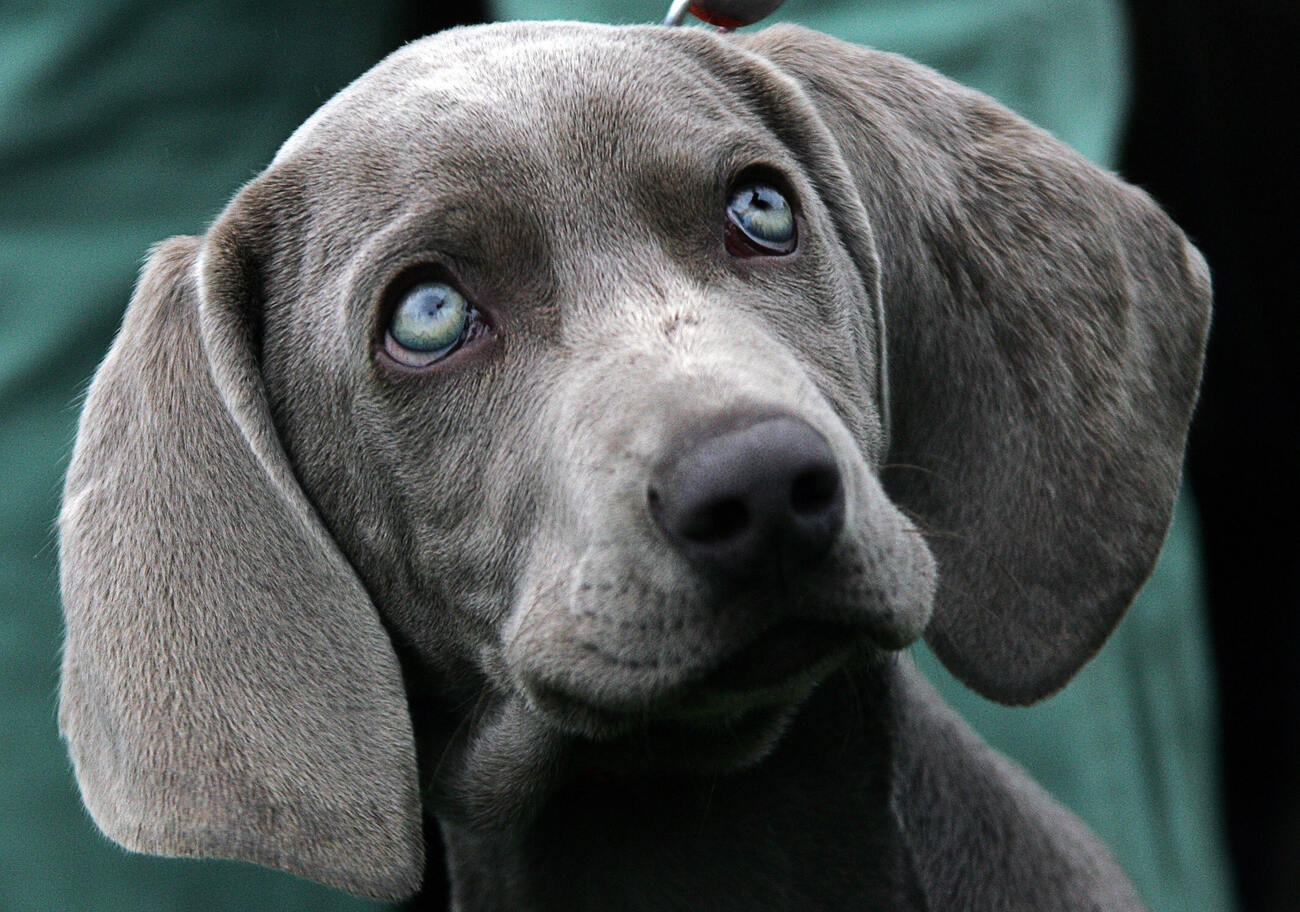

Eye and Ear Health
What Is The Rarest Eye Color In Dogs
Published: February 12, 2024
Discover the rarest eye color in dogs and learn how to maintain their eye and ear health. Find out more about eye and ear health for your furry friend.
(Many of the links in this article redirect to a specific reviewed product. Your purchase of these products through affiliate links helps to generate commission for Pawsomeoldies.com, at no extra cost. Learn more)
Table of Contents
Introduction
The mesmerizing diversity of eye colors in dogs never fails to captivate our attention. From the piercing blue eyes of a Siberian Husky to the warm, amber gaze of a Labrador Retriever, the spectrum of hues is truly remarkable. Each unique shade reflects the intricate genetics and individuality of our canine companions.
As we delve into the world of dog eye colors, we embark on a fascinating journey that unveils the genetic marvels behind these captivating traits. Understanding the science behind eye color genetics in dogs not only enriches our appreciation for their beauty but also sheds light on the rarest eye colors that evoke a sense of wonder and intrigue.
Join us as we embark on an exploration of the enchanting world of dog eye colors, unraveling the mysteries that shape their captivating gazes and celebrating the extraordinary diversity that makes each dog truly one of a kind.
Read more: Why Does Dog’s Eye Color Change
Understanding Eye Color Genetics in Dogs
The captivating array of eye colors in dogs is intricately linked to their genetic makeup. The genetic basis for eye color in dogs is a complex interplay of various factors, including the concentration of melanin, the pigment responsible for the coloration of the eyes, and the specific genes that regulate its production.
At the core of this genetic tapestry are two primary pigments: eumelanin, which produces black or brown colors, and pheomelanin, which yields red or yellow hues. The combination and distribution of these pigments within the iris determine the resulting eye color.
The genetics of eye color in dogs are governed by multiple genes, with each gene contributing to the overall expression of eye color. One of the key genes involved in this process is the OCA2 gene, which plays a pivotal role in regulating the production of melanin. Variations in the OCA2 gene can lead to a diverse range of eye colors, from deep brown to striking blue.
Furthermore, the presence of a specific gene known as the Merle gene can give rise to a captivating phenomenon known as heterochromia, where each eye displays a different color. This enchanting trait adds an extra layer of allure to the already captivating world of dog eye colors.
In addition to genetic factors, environmental influences can also impact eye color in dogs. During the early stages of a puppy's development, exposure to light can play a role in the final determination of eye color. This is particularly evident in certain breeds where the eyes may undergo subtle changes in color during the first few months of life.
Understanding the intricate interplay of genetics and environmental factors that shape eye color in dogs offers a glimpse into the remarkable complexity of nature's design. It is a testament to the awe-inspiring diversity that enriches the world of our beloved canine companions.
Common Eye Colors in Dogs
The kaleidoscope of eye colors exhibited by dogs is a testament to the captivating diversity within the canine world. Each eye color reflects a unique combination of genetic traits and pigmentation, contributing to the individuality and charm of our beloved companions. Let's embark on a journey through the spectrum of common eye colors found in dogs, each a testament to the mesmerizing beauty of these loyal creatures.
Brown Eyes
Brown is the most prevalent eye color in dogs, encompassing a rich spectrum of shades ranging from deep chocolate to warm amber. This classic hue is a result of varying concentrations of eumelanin, the pigment responsible for producing brown and black colors. Breeds such as the Labrador Retriever, Golden Retriever, and Poodle often showcase stunning variations of brown eyes, adding a touch of warmth and depth to their endearing gazes.
Amber Eyes
Amber eyes exude a captivating warmth and radiance, often accompanied by golden or coppery tones that shimmer in the sunlight. This enchanting eye color is a result of a harmonious blend of eumelanin and pheomelanin, creating a unique fusion of hues that sets these dogs apart. Breeds such as the Siberian Husky and Shiba Inu are renowned for their striking amber eyes, adding an alluring allure to their captivating presence.
Read more: What Causes A Dog’s Eye To Twitch
Blue Eyes
The mesmerizing allure of blue eyes in dogs never fails to captivate the beholder, evoking a sense of wonder and enchantment. This striking eye color is a result of low melanin concentrations in the iris, allowing light to scatter and reflect, creating the illusion of a mesmerizing blue hue. Breeds such as the Siberian Husky, Border Collie, and Australian Shepherd are celebrated for their piercing blue eyes, adding an element of mystique to their captivating gaze.
Green Eyes
Green eyes in dogs are a rare and enchanting sight, exuding a sense of intrigue and allure. This unique eye color is a result of a fascinating interplay of melanin concentrations and light reflection, yielding a captivating green hue that sets these dogs apart. While less common than other eye colors, breeds such as the Great Dane and Dachshund occasionally showcase the mesmerizing beauty of green eyes, adding an extra layer of allure to their captivating presence.
Heterochromia
Heterochromia, the captivating phenomenon of each eye displaying a different color, adds an extra layer of enchantment to the world of dog eye colors. This mesmerizing trait can manifest in various combinations, such as one blue eye and one brown eye, creating a truly captivating and unique gaze. Breeds such as the Australian Shepherd and Border Collie are known for showcasing the enchanting allure of heterochromia, adding an extra layer of individuality to their already captivating presence.
The kaleidoscope of common eye colors in dogs reflects the intricate genetic tapestry and individuality that defines each canine companion. From the warm depths of brown and amber to the mesmerizing allure of blue and green, each eye color is a testament to the captivating diversity that enriches the world of our beloved canine companions.
The Rarest Eye Color in Dogs
The world of dog eye colors is adorned with a captivating array of hues, each reflecting the intricate interplay of genetics and pigmentation. Amidst this mesmerizing spectrum, one particular eye color stands out as a rare and enchanting marvel: the elusive and captivating violet eye color.
Violet eyes in dogs are a true rarity, evoking a sense of wonder and intrigue with their ethereal and otherworldly appearance. This enchanting hue, reminiscent of delicate lavender petals, is a result of a fascinating genetic combination that yields a mesmerizing interplay of pigmentation and light reflection within the iris.
The genetic basis for violet eyes in dogs involves a unique convergence of factors, including the interplay of eumelanin and pheomelanin, the two primary pigments responsible for producing a myriad of eye colors. In the case of violet eyes, a delicate balance of these pigments, combined with specific genetic variations, gives rise to this extraordinary and elusive hue.
Breeds such as the Weimaraner and the Australian Shepherd are known for occasionally showcasing the rare and enchanting beauty of violet eyes, adding an extra layer of allure to their already captivating presence. The mesmerizing gaze of a dog with violet eyes exudes an otherworldly charm, captivating the beholder and leaving an indelible impression of enchantment.
The rarity of violet eyes in dogs adds an element of mystique and fascination to the world of canine eye colors, elevating them to a realm of captivating allure and unparalleled uniqueness. Each instance of this rare eye color serves as a testament to the wondrous diversity and genetic marvels that shape the captivating world of dog eye colors.
In the tapestry of dog eye colors, the elusive violet eyes stand as a rare and enchanting marvel, embodying the extraordinary beauty and diversity that make each dog a truly unique and mesmerizing companion.
Read more: What Is Wall Eye In Dogs
Factors Affecting Eye Color in Dogs
The captivating array of eye colors exhibited by dogs is not solely determined by genetics; various factors contribute to the final manifestation of their eye color. Understanding the multifaceted influences that shape eye color in dogs unveils the intricate interplay of genetic, environmental, and developmental elements that converge to create the mesmerizing diversity within the canine world.
Genetic Variations
The genetic makeup of a dog plays a pivotal role in determining its eye color. Specific genes, such as the OCA2 gene, regulate the production and distribution of melanin, the pigment responsible for eye coloration. Variations in these genes can lead to a diverse range of eye colors, from deep brown to striking blue. Additionally, the presence of the Merle gene can give rise to the captivating phenomenon of heterochromia, where each eye displays a different color, adding an extra layer of allure to the already captivating world of dog eye colors.
Melanin Concentration
The concentration and distribution of melanin within the iris significantly influence the resulting eye color. Eumelanin, responsible for producing black or brown colors, and pheomelanin, which yields red or yellow hues, interact in complex ways to create the diverse spectrum of eye colors observed in dogs. Variations in the balance of these pigments contribute to the rich array of eye colors, from the warm depths of brown and amber to the mesmerizing allure of blue and green.
Environmental Influences
During the early stages of a puppy's development, exposure to light can impact the final determination of eye color. This is particularly evident in certain breeds where the eyes may undergo subtle changes in color during the first few months of life. The interplay between genetic predispositions and environmental stimuli adds an intriguing layer of complexity to the process of eye color determination in dogs, highlighting the dynamic nature of this captivating trait.
Developmental Changes
As puppies grow and mature, their eye color may undergo subtle shifts due to developmental changes. The initial eye color observed in a young puppy may not necessarily be the permanent hue, as the pigmentation of the iris continues to develop and evolve over time. This dynamic aspect of eye color adds an element of anticipation and wonder, as the final manifestation of a dog's eye color becomes fully realized.
The convergence of genetic, environmental, and developmental factors creates a rich tapestry of eye colors in dogs, each reflecting the intricate interplay of nature's design. The multifaceted influences that shape eye color in dogs serve as a testament to the captivating diversity and genetic marvels that define the enchanting world of dog eye colors.
Conclusion
The captivating world of dog eye colors is a testament to the mesmerizing diversity and genetic marvels that define the enchanting gaze of our beloved canine companions. From the warm depths of brown and amber to the striking allure of blue and green, each eye color reflects a unique combination of genetic traits, pigmentation, and environmental influences. The intricate interplay of eumelanin and pheomelanin, governed by a complex network of genes, gives rise to a kaleidoscope of hues that adds an extra layer of allure to the already captivating presence of dogs.
As we unravel the genetic tapestry behind eye color in dogs, we gain a deeper appreciation for the awe-inspiring complexity that shapes their individuality. The rare and elusive violet eyes stand as a testament to the extraordinary beauty and diversity that make each dog a truly unique and mesmerizing companion. The enchanting phenomenon of heterochromia adds an extra layer of fascination, elevating the world of dog eye colors to a realm of captivating allure and unparalleled uniqueness.
The multifaceted influences that shape eye color in dogs, from genetic variations to environmental stimuli and developmental changes, highlight the dynamic nature of this captivating trait. The interplay of genetic predispositions and environmental stimuli adds an intriguing layer of complexity to the process of eye color determination, unveiling the dynamic and ever-evolving nature of this mesmerizing aspect of canine genetics.
In celebrating the kaleidoscope of eye colors found in dogs, we embrace the enchanting diversity that enriches the world of our loyal companions. Each unique gaze reflects the intricate genetic tapestry and individuality that defines the captivating allure of our beloved canine friends. As we continue to marvel at the captivating world of dog eye colors, we are reminded of the wondrous genetic marvels that make each dog a truly extraordinary and cherished member of our lives.
